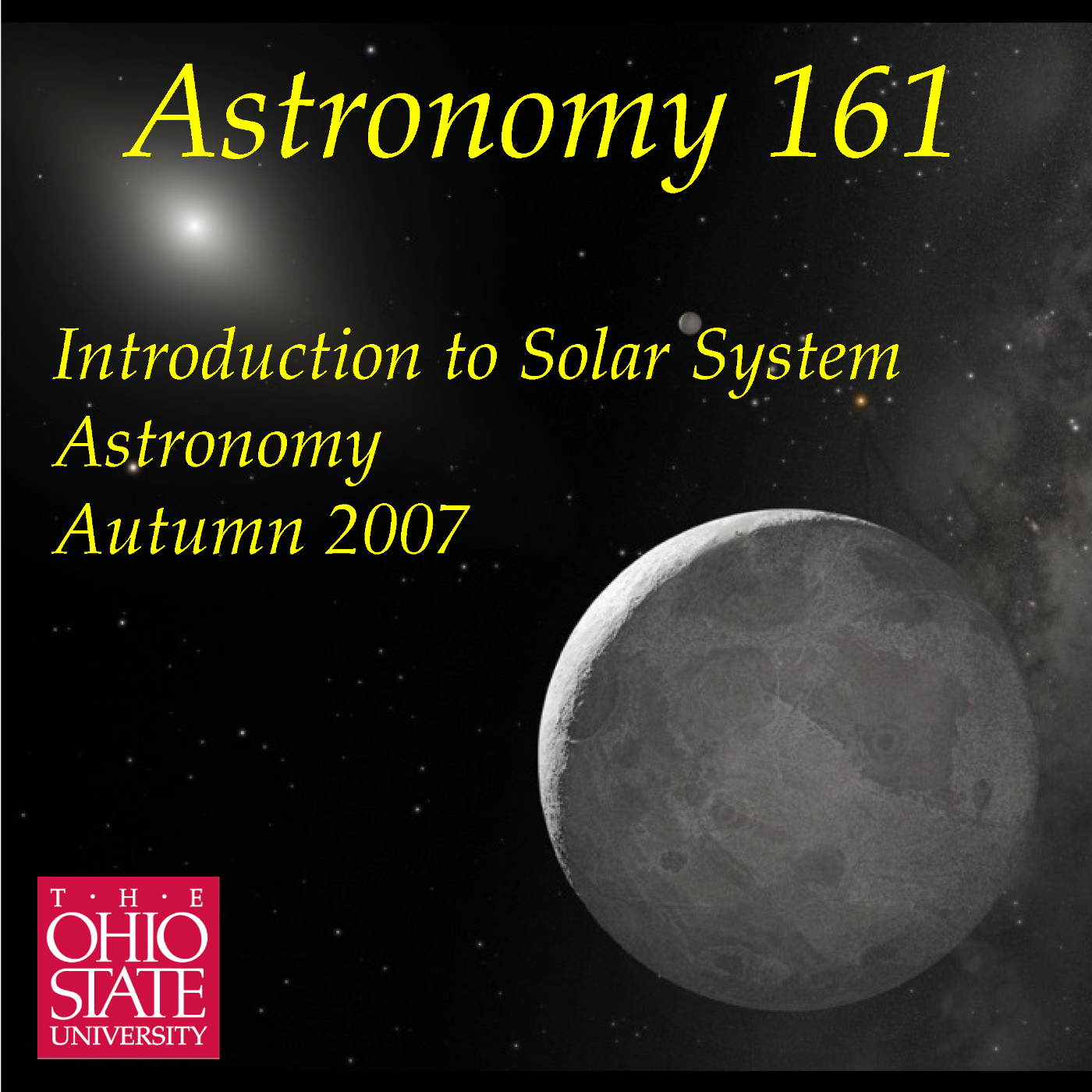Lecture 07: The Four Seasons
Description
Why do we have different seasons? This lecture explores the
consequences of the tilt of the Earth's rotation axis relative to its
orbital plane combined with the apparent annual motions of the Sun
around the Ecliptic. The most important factor for determining whether
it is hot or cold at a given location at different times in the year is
"insolation": how much sunlight is spread out over the ground. This,
combined with the different length of the day throughout the year,
determines to total solar heating per day and so drives the general
weather. It has nothing to do with how far away we are from the Sun at
different times of the year. Finally, the direction of the Earth's
rotation axis slowly drifts westward, taking 26,000 years to go around
the sky. This "Precession of the Equinoxes" represents a tiny change
that is still measureable by pre-telescopic observations, and means that
at different epochs in human history there is a different North Pole
star, or none at all! Recorded 2007 Sep 27 in 1000 McPherson Lab on the
Columbus campus of The Ohio State University.
More Episodes
A new podcast, Astronomy 141, Life in the Universe, is available
for those interested in continuing an exploration of topics in
modern astronomy.
Published 12/06/09
Published 12/06/09
Are we alone in the Universe? This lecture explores the question of how
we might go about finding life on planets around other stars. Rather
than talking about speculative ideas, like the Drake Equation or SETI, I
am instead taking the approach of posing it as a problem of what to look
for...
Published 11/30/07


